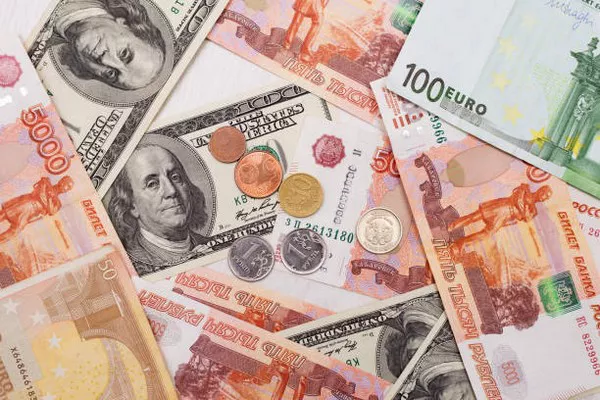During the London session on Monday, GBP/USD was trading close to a nearly two-and-a-half-year high near 1.3200. After Federal Reserve (FED) Chairman Jerome Powell made it clear that the central bank would begin cutting interest rates in September, the dollar weakened and the pound/dollar exchange rate was expected to extend its seven-day winning streak.
The U.S. Dollar Index (DXY), which tracks the greenback against six major currencies, is hovering near a new yearly low of 100.53.
“The time for policy adjustments has come,” Fed Powell said in a speech at the Jackson Hole symposium on Friday. However, he did not commit to a preset path of interest rate cuts, preferring to continue to rely on data, saying “moving forward “The direction is clear and the timing and pace of rate cuts will depend on incoming data, the evolving outlook and the balance of risks.”
Powell’s comments indicate that the central bank is now more concerned about deteriorating labor market conditions and that he is confident that price pressures will return to the expected 2% target. Powell also said that upside risks to inflation have weakened, while downside risks to the labor market have increased. “We will do everything we can to support a strong labor market as we make further progress toward price stability,” Powell added.
The main trigger for the greenback this week will be Friday’s core U.S. personal consumption expenditures price index (PCE) data for July. PCE inflation is estimated to have increased steadily by 0.2% month-on-month.
On Monday, investors will focus on U.S. durable goods orders data for July due out at 12:30 GMT. New orders for durable goods, a key measure of core consumer inflation, are estimated to have risen strongly at 4% after falling sharply in June. There won’t be any movement on the Pound side as it’s a bank holiday in the UK.


